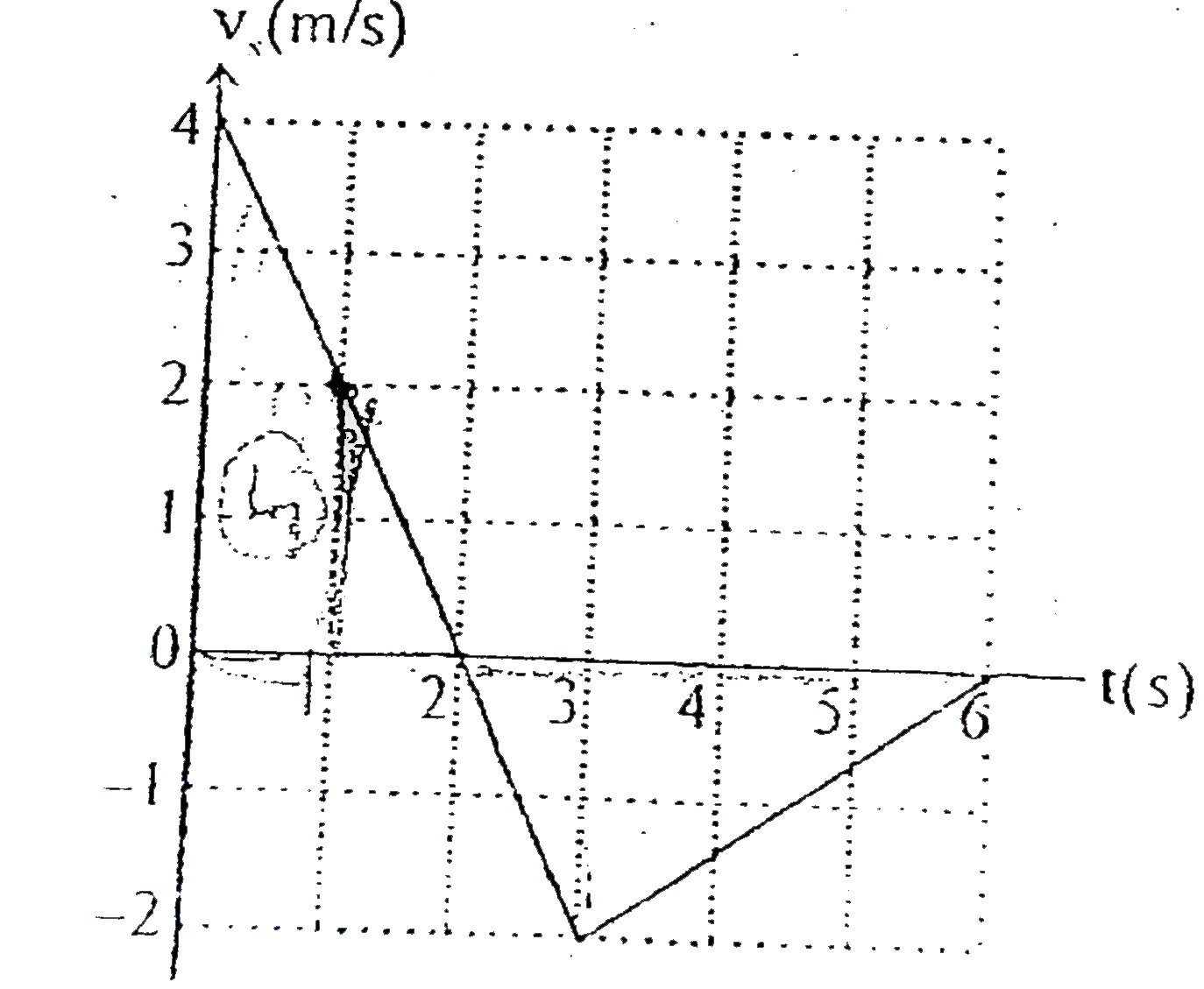Inertial frame S' moves at a speed of 0.65c with respect to frame S (Fig. 36-11). Further, x=x'=0 at t=t'=0. Two events are recorded. In frame S, event 1 occurs at the origin at t = 0 and event 2 occurs on the x axis at x = 3.0 km at t = 4.0 μs. According to observer S', what is the time of (a) event 1 and (b) event 2? (c ) Do the two observers see the same sequence or the reverse?
The correct Answer is:(a) 0s; (b) −3.3'10−6s; (c ) reverse sequence
Topper's Solved these Questions
- RELATIVITYBOOK - RESNICK AND HALLIDAYCHAPTER - RELATIVITYEXERCISE - PRACTICE QUESTIONS (Single Corrrect Choice Type)
31 Videos
- RELATIVITYBOOK - RESNICK AND HALLIDAYCHAPTER - RELATIVITYEXERCISE - PRACTICE QUESTIONS (Linked Comprehension)
11 Videos
- RELATIVITYBOOK - RESNICK AND HALLIDAYCHAPTER - RELATIVITYEXERCISE - CHECKPOINT
2 Videos
- PHOTONS AND MATTER WAVESBOOK - RESNICK AND HALLIDAYCHAPTER - PHOTONS AND MATTER WAVESEXERCISE - PRACTICE QUESTIONS(Integer Type)
4 Videos
- RIGID BODY DYNAMICS - IBOOK - RESNICK AND HALLIDAYCHAPTER - RIGID BODY DYNAMICS - IEXERCISE - PRACTICE QUESTIONS (INTEGER TYPE))
3 Videos
Similar Questions
Bullwinkle in reference frame S' passes you in reference frame S along the common direction of the x' and x axes, as in Fig. 36-9. He carries three meter sticks: meter stick 1 is parallel to the x' axis, meter stick 2 is parallel to the y' axis, and meter stick 3 is parallel to the z' axis. On his wristwatchhe counts off 10.0 s, which takes 30.0 s according to you. Two events occur during his passage. According to you, event 1 occurs at x1=33.0m and t1=22.0 ns, and event 2 occurs at x2=53.0 and t2=62.0 ns. According to your measurements, what is the length of (a) meter stick 1, (b) meter stick 2, and (c ) meter stick 3? According to Bullwinkle, what are (d) the spatial separation and (e ) the temporal separation between events 1 and 2, and (f) which event occurs first?
View Solutionthe origins of the two frames coincide at t=t'=0 and the relative speed is 0.980c. Two micrometeorites collide at coordinates x = 100 km and t = 200 μs according to an observer in frame S. What are the (a) spatial and (b) temporal coordinate of the collision according to an observer in frame S'?
View Solution
Knowledge Check
Two events occur simultaneously on the x axis of reference frame S, one at x = 0 and the other at x = +1. According to an observer moving in the positive x direction
AThe event at x = +1 occurs firstBThe event at x = 0 occurs firstCEither event might occur first, depending on the value of (a) and the observer's speedDThe events are simultaneousTwo events occur simultaneously at separated points on the y axis of reference frame S. According to an observer moving in the positive x direction
AThe event with the greater y coordinate occurs firstBThe event with the greater y coordinate occurs lastCEither event might occur first, depending on the observer's speedDThe events are simultaneousTwo events occur on the x axis separated in time by Δt and in space by Δx. A reference frame, traveling at less than the speed of light, in which the two events occur at the same time
AExists no matter what the values of Δx and ΔtBExists only if Δx/Δt<cCExists only if Δx/Δt>cDDoes not exist under any condition
A meter stick in frame S' makes an angle of 30∘ with the x' axis. If that frame moves parallel to the x axis of frame S with speed 0.95c relative to frame S, what is the length of the stick as measured from S?
View SolutionVx is the velocity of a particle of a particle moving along the x−axis as shown. If x=2.0m at t=1.0s, what is the position of the particle at t=6.0s?

View SolutionTwo events A and B occur at places separated by 106km, B occuring 5s after A . (a) Find the velocity of a frame in which these events occur at the same place . (b)What is the time interval between the events in this frame ?
View SolutionTwo events A and B occur at places separated by 106km, B occuring 5s after A . (a) Find the velocity of a frame in which these events occur at the same place . (b)What is the time interval between the events in this frame ?
View SolutionVx is the velocity of a particle of a particle moving along the x−axis as shown. If x=2.0m at t=1.0s, what is the position of the particle at t=6.0s?

View Solution
